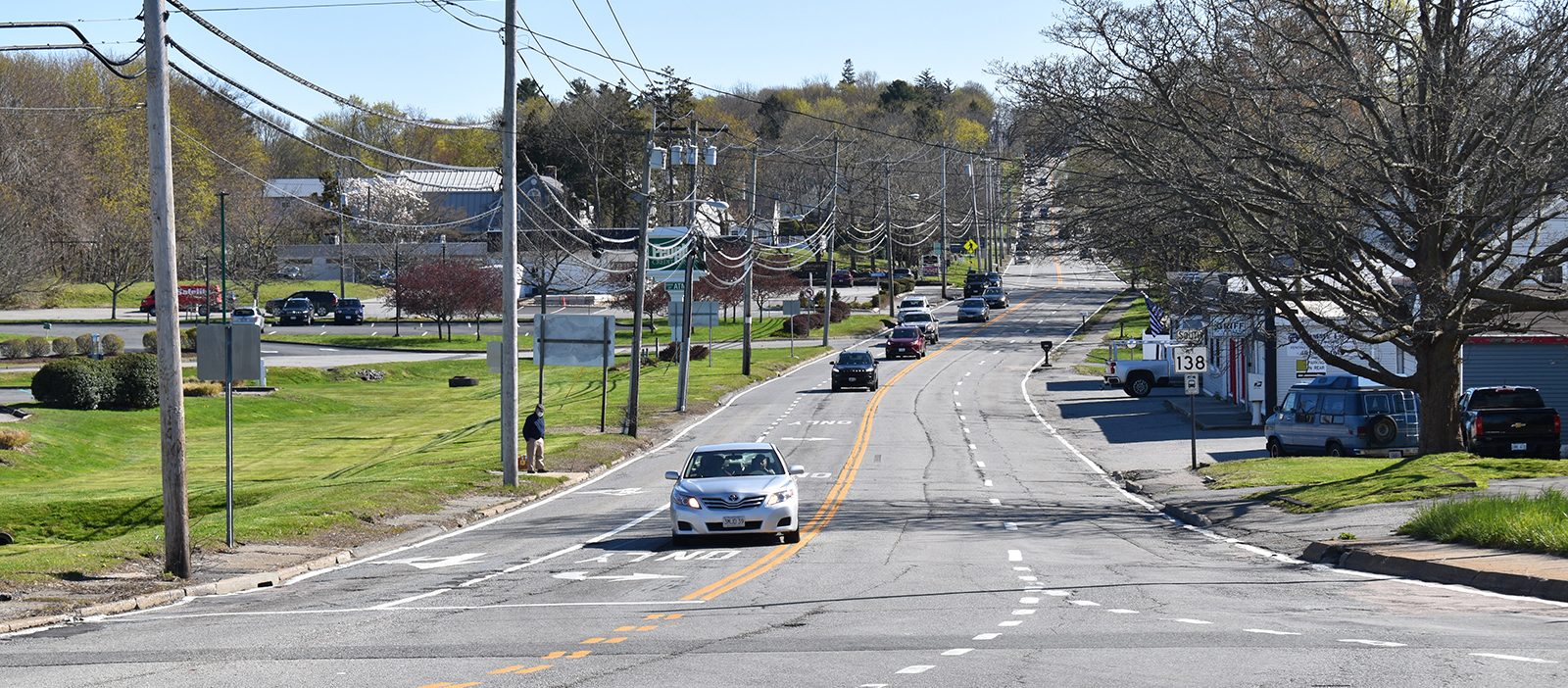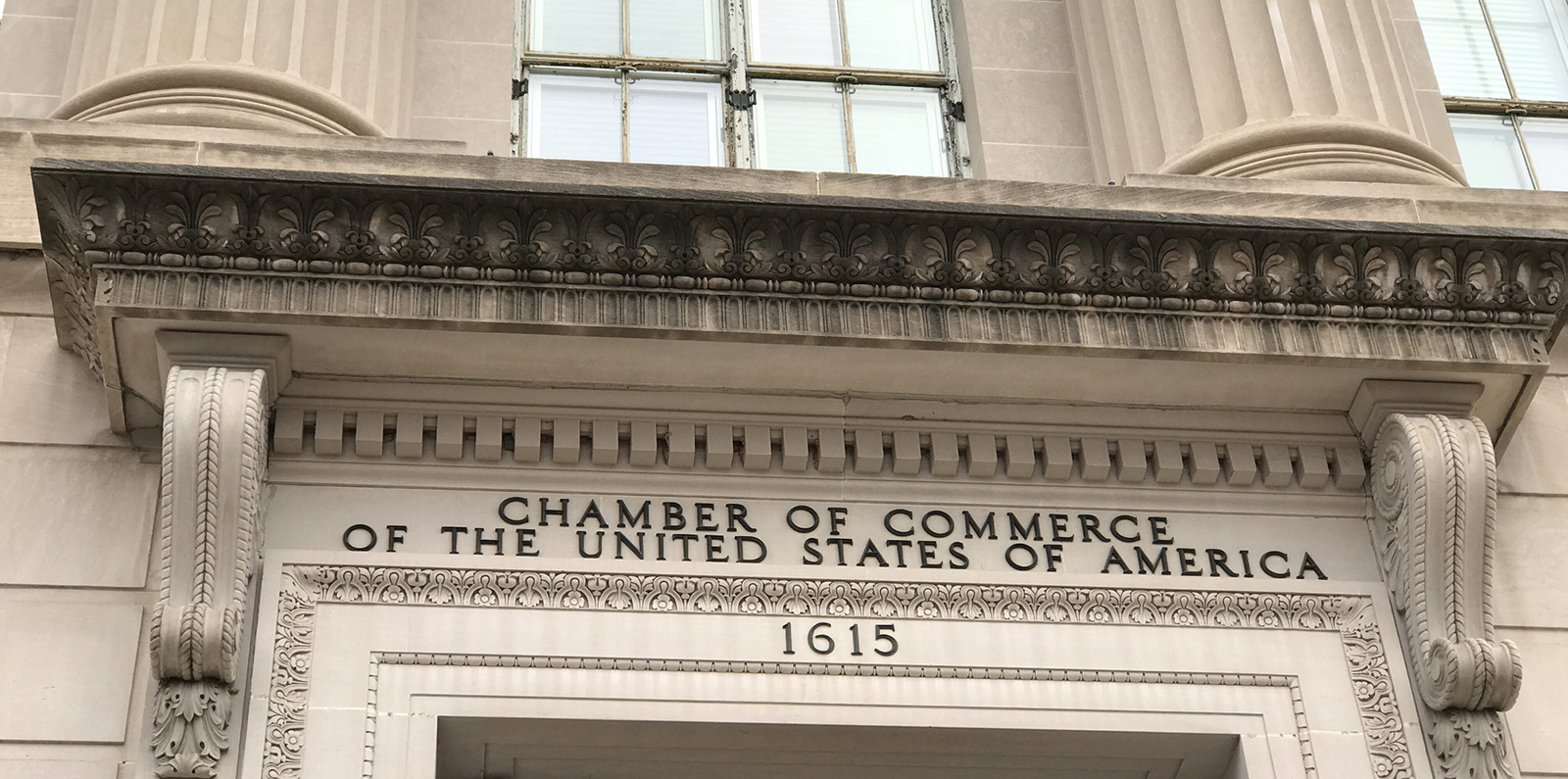October 26, 2023
The task has bothered me since I was a young teenager: Why are we obsessed, every fall, with clearing leaves from going-dormant lawns and garden beds? Of course, in those early years my concern was that the parents-ordered chore cut into cartoon watching and sport playing.
Now, long after retiring from backyard football, I see this annual rite of monkey see, monkey do (I mean no disrespect to any non-human primates) for what it is: a waste of energy and the misuse of a free lawn-care product.
We drive hundreds of miles to view the colors of fall. We take countless photos. We fawn all over them when they are out of reach, but as soon as the red and yellow leaves (the browns never had a chance) hit our lifeless green carpets we reach for rakes, bags, matches, and power equipment.
We gather them into piles with fossil fuel-powered leaf blowers, to truck away a natural mulch that helps suppress weeds while fertilizing the soil as it breaks down. We burn the overwinter habitat of pollinators and wildlife. We imprison the colors we briefly appreciate in opaque plastic bags. We waste space in landfills with a material that could enrich our lawns and gardens.
Instead, when spring arrives, we again buy plastic bags of mulch, spray chemicals, and overfertilize to bring our yards to life.
Microorganisms are the key to soil health, but they need plenty of food and nutrients to do their job. The more leaves left on your lawn or in your garden, the more sustenance for those microorganisms to make your soil healthier and your plants stronger. Simply, as leaves decay (or are mulched by a mower), they add organic matter back into the soil, which reduces, or even halts, the need for fertilizer and other mass-marketed lawn-care concoctions.
But year after year, we mindlessly bag or burn them, because we are programmed to feed our lawns with human-made poisons and scrape them clean of natural remedies.
Leaf litter is remarkably biodiverse. Consisting of bark, twigs, plant stalks, and, of course, fallen leaves, it helps maintain a healthy yard by transforming into nutrient-rich mulch that feeds bacteria, fungi, worms, soil mites, and other master decomposers.
This natural clutter also creates overwintering habitats and provides nesting materials for frogs, toads, slugs, snails, and spiders. Many insects and their larvae survive the winter thanks to the protection provided by leaves and other assorted vegetative leftovers.
Decomposing leaf litter also helps store carbon. Carbon is released when the leaves and their accompanying litter are set afire. Methane, a potent greenhouse gas, is produced when those bags filled with leaves are buried in landfills.
Leaves and other yard debris account for about 13% of the nation’s annual solid waste, or some 33 million tons every year, according to the Environmental Protection Agency.
“Pound for pound, leaves contain twice the mineral content of manure,” according to Robin Sweetser, a longtime blogger for The Old Farmer’s Almanac. “The huge amount of organic matter they offer can be used to improve soil structure. Leaf humus can lighten heavy clay soils and increase the moisture retention of dry sandy soils. No organic gardener should pass up this opportunity for a free soil amendment.”
Perhaps it is time we leave the leaves where Mother Nature placed them, at least until after spring’s last frost. Or if you really need to move them, rake them into a pile and use the material for mulch and fertilizer during the next growing season.
Think of all the time and money you will save, even if environmental happiness isn’t your thing.
Note: That doesn’t mean you should leave the leaves Mother Nature deposited in your gutters where they are.
Frank Carini can be reached at [email protected]. His opinions don’t reflect those of ecoRI News.




Thank you for this. I have forwarded this information to a neighbor who does exactly what most people do. I inform others and some just look at me like I am crazy.
Keep up the good work.
Yes Frank, this is a great article, and leaves are the best fertilizer and free.
My beef, (which I don’t eat), is with people in the city/ suburbs that OVERDO- the natural thing. Not mowing ever – not cleaning up their sidewalks or curb litter. Which Blocks our street drain. Hello? Common sense is still needed.
My motto: No Leaves Leave
I mow mine to a fine blend and cover all my plant and flower beds with them. I never need to purchase mulch and the results are a more rich soil. My plants thank me every year.
100% agree.
Spot on Frank! Thanks for another insightful and accurate article.
The pollinator pathway and leave the leafs act in Minnesota is a great one to model nationally.
Homeowners and residents can talk with their landscapers about implementing much of what you articulate so well.
Every bit counts.